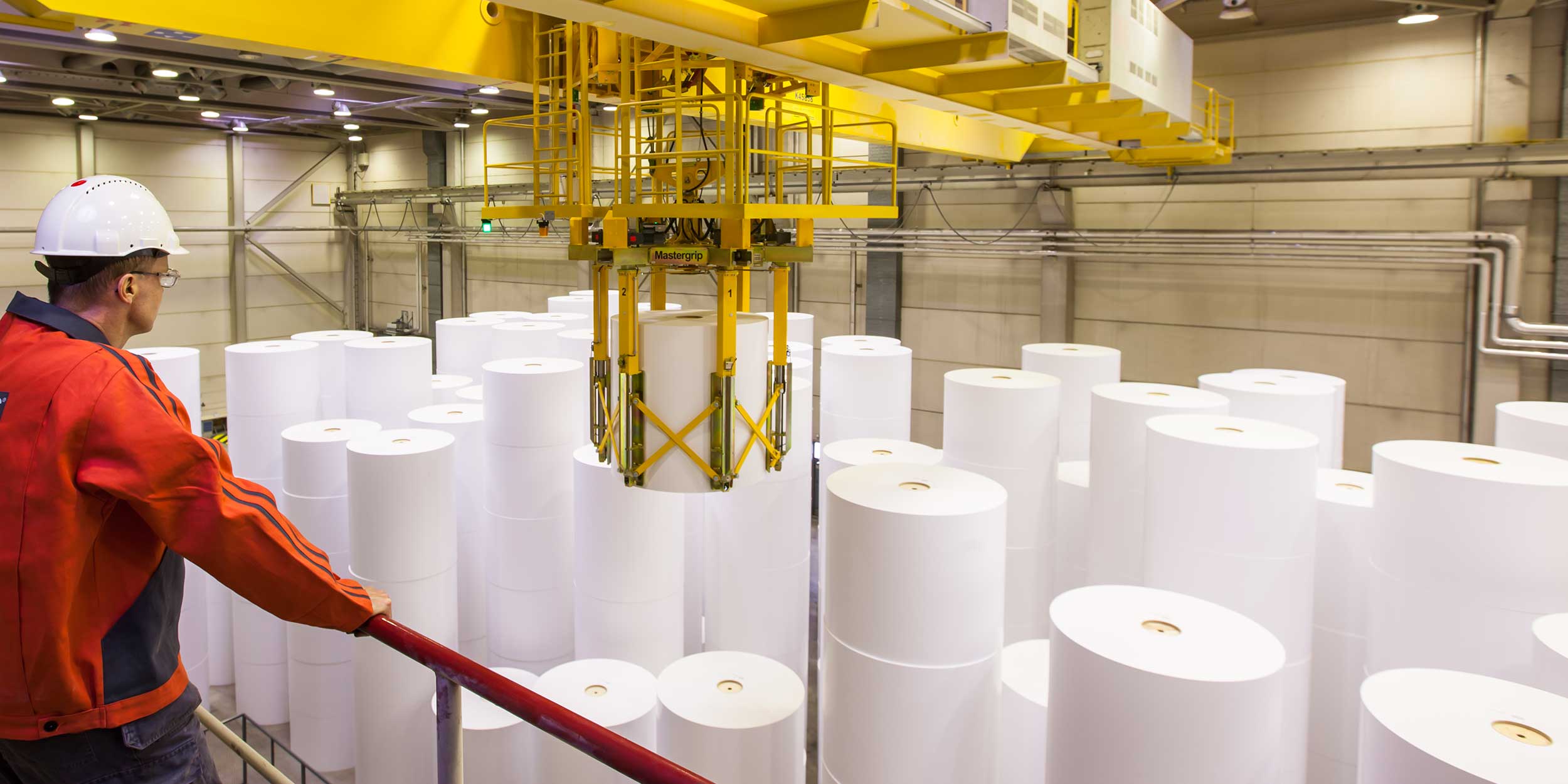Konecranes looks to Zurich to help manage climate risks
CustomersArticleOctober 10, 2019
Natural hazard scenarios help the crane maker adapt to changes that could have a big impact on its work to provide customers with sustainable products.
Konecranes, a Helsinki-based manufacturer of cranes and other lifting equipment, works not only to minimize its own environmental footprint, but considers it a primary aim to help its customers operate in a sustainable manner.
With that focus, it’s not surprising that the 16,000-employee company takes climate-change risks seriously. And, Konecranes believes, its work with Zurich is a valuable part of its effort to identify and mitigate such risks.
“With safe and ecoefficient products and services, we can answer changing customer needs and help develop the sustainability of our customers,” said Nathalie Clément, the company’s Director of Corporate Responsibility.
To help ensure the sustainability of its operations and continue producing environmentally friendly products, Konecranes takes a three-pronged approach to managing climate risks that could threaten that strategy. It works with Zurich to evaluate natural hazard risks, holds a company-wide risk assessment and conducts climate risk evaluations through local environmental management systems.
“Zurich has helped us better understand our natural hazard and climate-change-related risks on a local level,” Ms. Clément said. “Their reports are also part of the material used to build scenarios that show how climate change could affect our business going forward.”
“Not a day passes without the mention of climate change in global media outlets,” said Amar Rahman, Zurich Risk Engineering's Global Practice Leader for Natural Hazard Resilience. “So it’s very rewarding to support a customer who is aware of the urgency of the problem and to actively work with them to develop viable solutions.”
Zurich’s assessment of Konecrane’s Jingjiang location in China is typical of the work the insurer does to examine different natural hazard scenarios, the impact they would have on Konecranes’ operations and ways to mitigate such potential losses, said Mr. Rahman, who led the analysis that involved Ms. Clément and Konecranes’ Head of Risk Management Atso Mattila. Climate change adaptation strategies were also developed as part of the work.
At the 14-year-old Jingjiang location, which produces components for other Konecranes units from its site in the Yangtze River watershed, 100-year flood and wind scenarios were played out to determine the potential impact on property and business interruption exposures. Such scenarios are based on expert analysis of hazard maps, local conditions, historical events and vulnerabilities assessed onsite.
Mr. Rahman pointed out that site management experts are involved to determine the potential loss values associated with these scenarios, which are valuable tools for customers, as they highlight the potential benefits of implementing risk mitigation measures identified during the assessment. Such assessments provide deeper insights than could be obtained from conventional insurance tools such as cat modeling and hazard mapping. In addition, they provide information that benefits several stakeholders in the customer’s organization, not just those that are insurance-related.
“Zurich’s team of experts provided Konecranes with valuable insight on core locations and their natural hazard risk exposures,” Ms. Clement emphasized. Zurich’s work is performed by experts with “comprehensive skills and tools,” she said. “It not only helps us highlight relevant risks, but also supports our internal sustainability and environmental risk assessments from a fresh perspective and with a sharp focus.”
